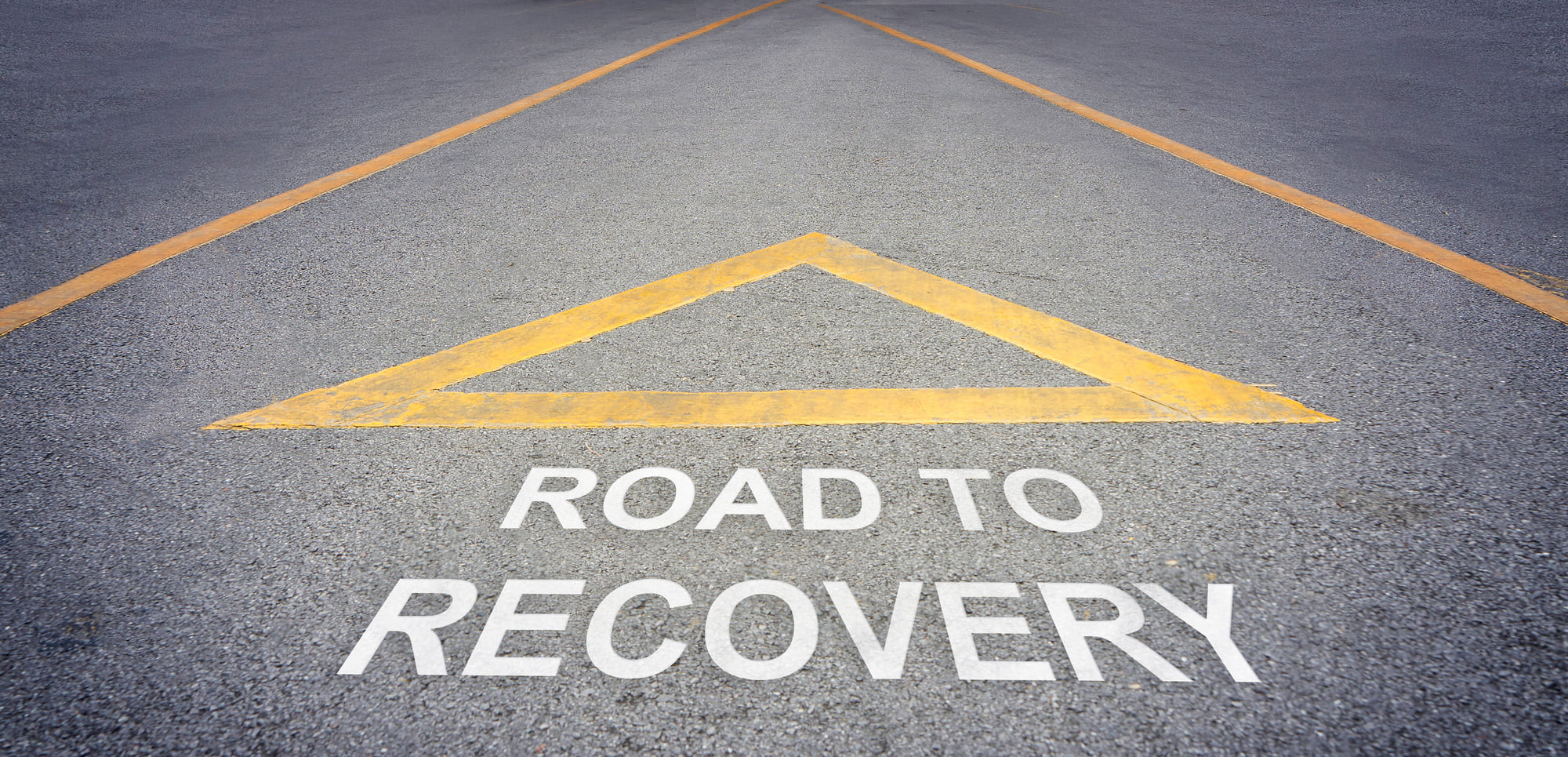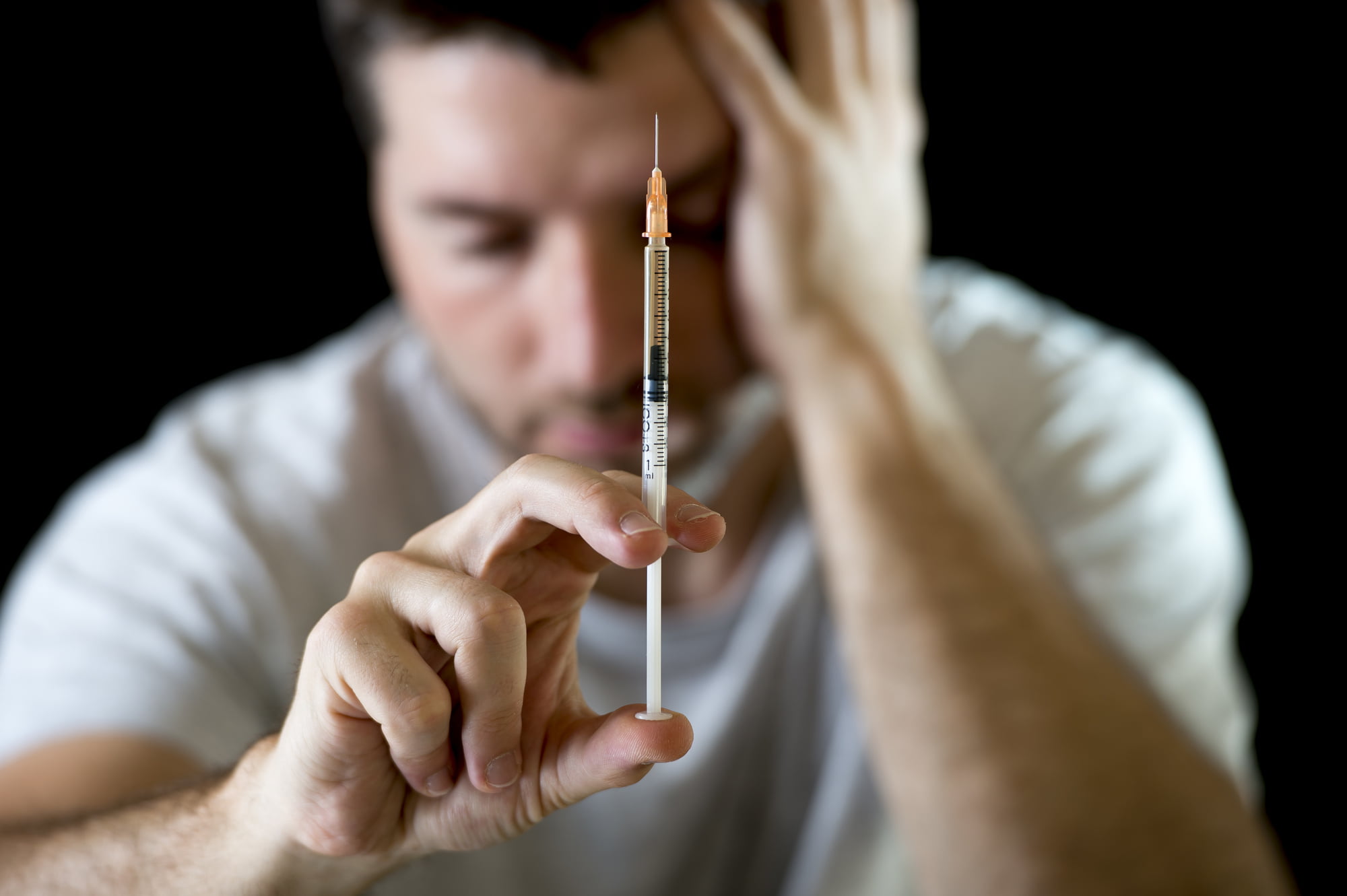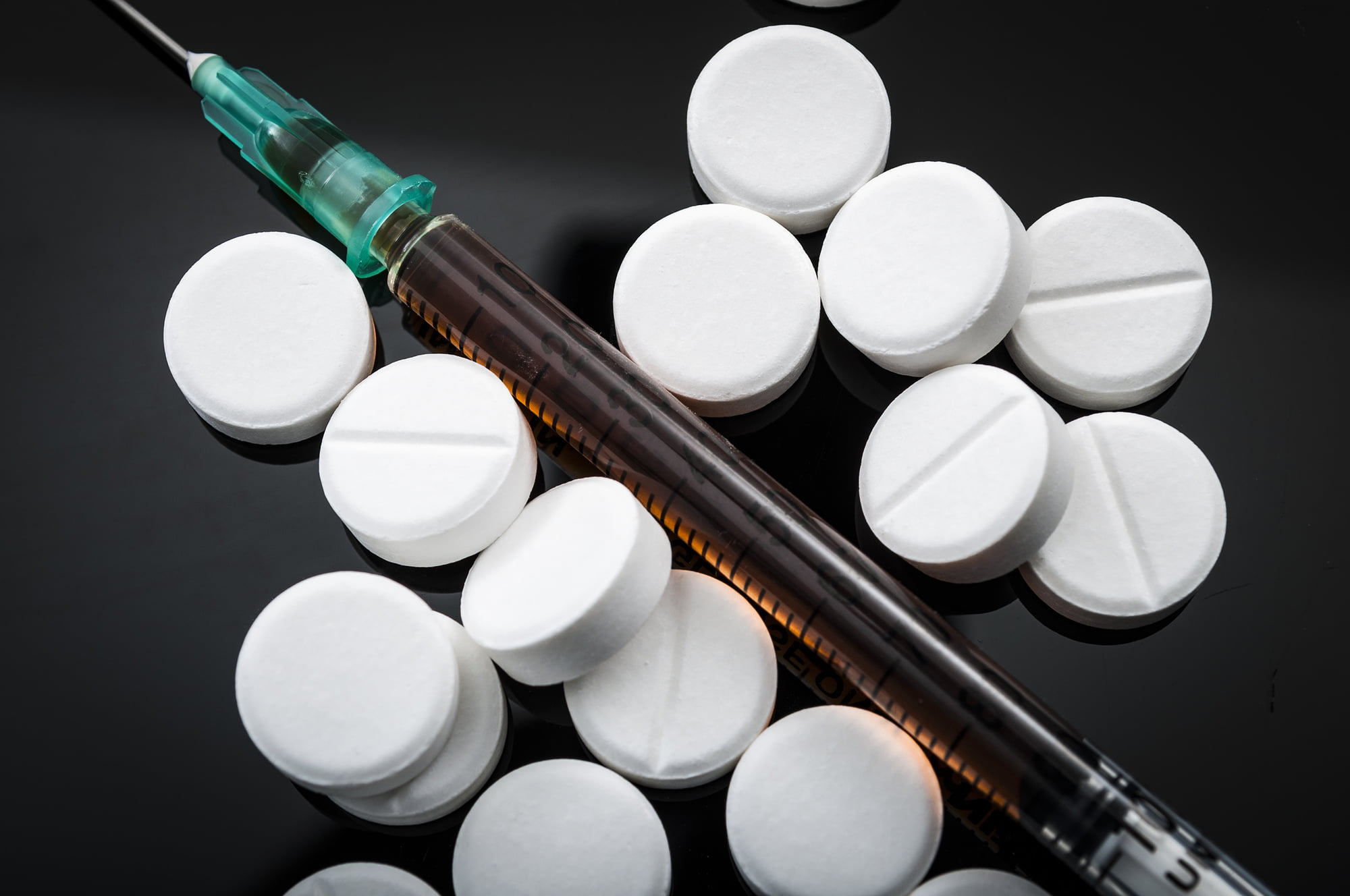The Opiate Addiction Recovery Statistics You Need to See
Everyone knows someone in or recovering from an addiction of some sort. Addiction has a wide range of types, stretching from gambling, shopping, sex, opiates, to alcohol. If you don’t think you know anyone, take a harder look.
We will take a look at opiate addiction recovery statistics, what programs seem to work best, and even the amount of federal dollars involved. Keep reading for information on statistics and rates of opioid abuse.
The statistics on the addiction epidemic are almost unreal, very scary, and can be eye-opening. As previously mentioned, addiction doesn’t have to be completely illegal. The things used to get high actually be completely legal but how it affects the user becomes the detriment.
The wild thing about substance abuse is that it’s generally hidden from the untrained eye. Addicts go to crazy lengths to not get caught and hide their addiction.
Onset of Drug Abuse
Opioid addiction always starts somewhere. Most often, it begins with a prescription to painkillers and the brain’s need to continue on them. It can also be linked to mental illnesses such as depression.
To give you some idea of the magnitude of the problem, the United States only makes up about 5% of the world’s population. It is responsible for 80% of opioid consumption. Furthermore, 21% of people with a mental diagnosis are addicted to painkillers.
To round things out, it has been noted that about 2.1 million people in the U.S. have reported a full-blown opiate addiction. This number is probably higher due to the fact many don’t want to report their substance abuse out of fear or shame.
An opiate addiction can also begin with more socially accepted drugs like alcohol or marijuana, or come from another cross-addiction. This means it isn’t unheard of or uncommon for someone to stop using one drug in order to clean up their lives, only to pick up a different one.
Statistics are quick to point out that those addicted to prescription painkillers are 40 times more likely to become heroin-addicted. Also, it should be considered that 80 percent of heroin users started with opioid painkillers.
The Problem With Fixing It
As mentioned above, many opiate abusers and addicts are likely to become addicted to heroin. There are a couple of reasons for this.
The first reason one might progress from opiate painkillers to heroin is cost. Generally, the amount spent on painkillers is about $1 per milligram and the cost of heroin is about a tenth of that cost.
Science has also tried to help fix the problem with few results. Pharmaceutical companies made certain drugs harder to crush to snort or shoot up. This worked for a short time but people went to heroin to get their fix.
Another major issue is that it seems that doctors over-prescribe these medications, either giving too many pills at once or bypassing other lower-dose options. This gives way to addiction and obtaining medications illegally or moving to other substances.
Overall, addictions are expensive. They’re expensive for the user, for their families, and for the nation. According to The New York Times, people in power have allocated $45 billion to state spending on opioid treatment, and it still might not be enough!
Opiate Addiction Recovery Statistics
Recovery from opiate addiction isn’t an easy road. Without help, there is little success. Inpatient treatment can get expensive, and relapse becomes a common threat.
There is always a chance of relapse when trying to recover from drug abuse. The statistics show that 91% of people in recovery will experience at least one relapse. It can absolutely be devastating, but if used as a stepping stone and something to learn from, growth will be seen.
It is not recommended to quit opiates cold turkey. The withdrawal process is difficult and uncomfortable. It can also be dangerous without a doctor’s supervision.
If rehab has been a part of your story, you’re likely familiar with 12-step programs. These are fantastic programs that incorporate spirituality into your everyday life. Some users simply attend meetings to find the support and understanding they’re looking for.
In the same breath, 12-step meetings don’t work for everyone.
The statistics on 12-step programs are difficult to come by, as most are anonymous, but many attendees boast success. One program in particular claims that people stay drug-free on average of 8.3 years.
Again, 12-step programs don’t appeal or apply to everyone, and many people prefer treating their medical problem with a medical solution. Many turn to medication-assisted treatment and seek the benefits of methadone maintenance programs.
Medication-assisted treatments can be seen as controversial by some, but in fact, they work similarly to any other medically supervised treatments. You’re prescribed an amount of methadone, take the dose given, and follow doctor’s orders.
Methadone treatment has a success rate ranging from 60-90%. It also maintains an addicts’ tolerance. While this may sound odd, it actually reduces the risk of overdose in the event of a relapse.
Life After Addiction
The statistics of opiate abuse may seem dark and even frightening. Luckily, emerging opiate addiction recovery statistics prove that there is life after addiction.
Every option can seem scary or like it will be life-long. The truth is, medical treatment with methadone isn’t. It might last a year or longer, but it’s not forever.
Treatment with methadone fosters a major link between opiate abuse and mental health. Often, clinics have resources and can refer clients to counselors or social workers that best fit their case.
Allowing patients to process and identify their triggers is a huge component of relapse prevention.
Once you’re finished with the treatment program, you have the option to go on with your life, build something great, and never look back.
No matter how you decide to handle addiction, help is within reach. If you or a loved one is in active addiction and ready to live life, consider your options. We offer many educational resources and information about methadone treatment centers for addiction and medication-assisted treatment.
If you or someone you love is struggling with heroin addiction and want to find options for methadone treatment near you, give us a call at (855) 976- 2092.
Sources
[1] National Institute on Drug Abuse. (n.d.). Prescription opioid use is a risk factor for heroin use. Retrieved from https://www.drugabuse.gov/publications/research-reports/relationship-between-prescription-drug-heroin-abuse/prescription-opioid-use-risk-factor-heroin-use [2] Dr. Sanjay Gupta, CNN Chief Medical Correspondent. (2016, June 2). Unintended consequences: Why painkiller addicts turn to heroin. Retrieved from https://www.cnn.com/2014/08/29/health/gupta-unintended-consequences/index.html [3] $45 Billion to Fight Opioid Abuse? That’s Much Too Little, Experts Say. (2017, December 22). Retrieved from https://www.nytimes.com/2017/06/30/health/drug-treatment-opioid-abuse-heroin-medicaid.html









